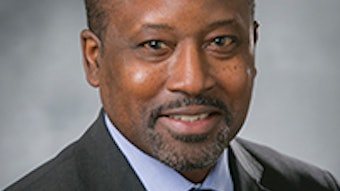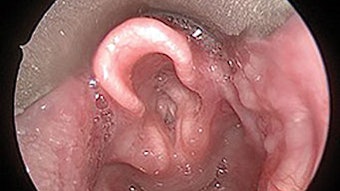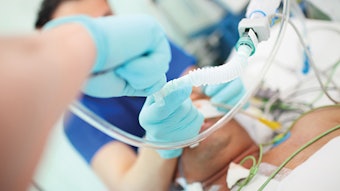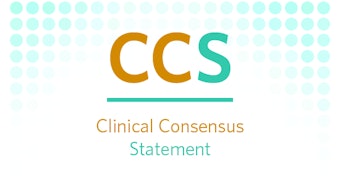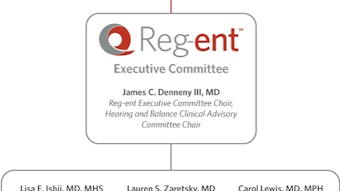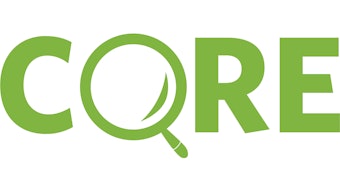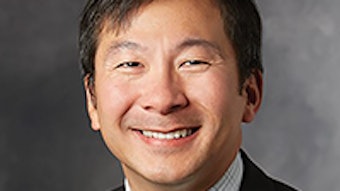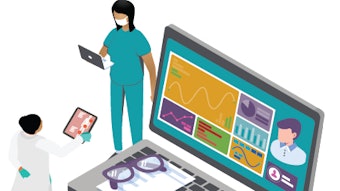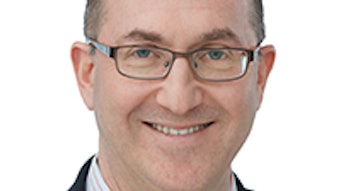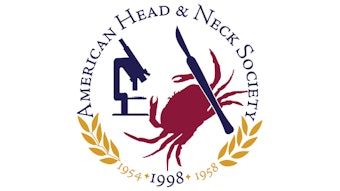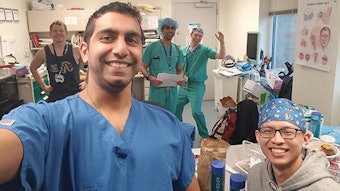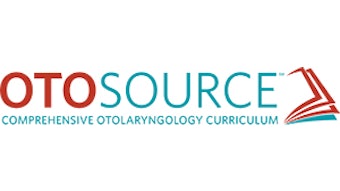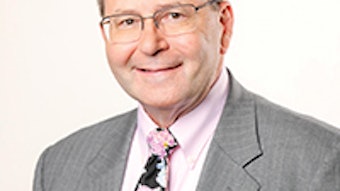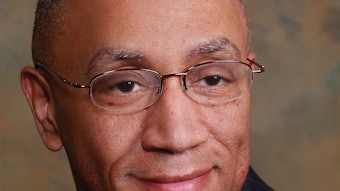Kijabe, Kenya Humanitarian Surgical Trip
International medical volunteer work has been a passion of mine since my wife and I first traveled to Quito, Ecuador, in 2007 to volunteer at a local children’s hospital and rural adult hospital. We subsequently spent eight months in Mbarara, Uganda, setting up the first children’s hospital in the region, Holy Innocents Children’s Hospital. I returned to Uganda with Chad A. Zender, MD, for a week-long surgical oncology mission trip to Kampala in October 2017.
Brian Cervenka, MD
International medical volunteer work has been a passion of mine since my wife and I first traveled to Quito, Ecuador, in 2007 to volunteer at a local children’s hospital and rural adult hospital. We subsequently spent eight months in Mbarara, Uganda, setting up the first children’s hospital in the region, Holy Innocents Children’s Hospital. I returned to Uganda with Chad A. Zender, MD, for a week-long surgical oncology mission trip to Kampala in October 2017.

Through the gracious support of AAO-HNSF, I was able to participate in a surgical mission trip to Kijabe, Kenya, for a week in May 2019. The primary focus of the trip was reconstruction of bony facial defects, primarily caused by ameloblastoma. We utilized the operating rooms at AIC Kijabe Hospital. The week included a half-day screening clinic upon our arrival and case selection. We selected five patients, ranging in age from 12 to 45. We then performed one ameloblastoma resection and fibular free flap reconstruction per day, Monday through Friday. It was an incredibly well-run operation, with very supportive local anesthesia staff, circulating nurses, and scrub technicians. Two surgeons, generally myself and Robert J. Sinard, MD, would perform the resection of the tumor and plate bending to the neo-mandible, with David Nolen, MD, and Michael W. Sim, MD, harvesting the free flap and performing the bony inset and vessel anastomosis. The cases all went extremely well with nasogastric feeding tubes removed and the patients discharged within a 14-day period.
The primary goals of these operations were two-fold. One was direct patient care, and the other was education for the local surgeons who performed the operations with us and learned the microvascular and free flap harvest portions. The goal was to have them comfortable with fibular free flap harvest, bony inset, and microvascular anastomosis.
Since Dr. Sinard and the Vanderbilt team travel to Kampala on a yearly basis and work with the same two surgeons, they have made great process through their continuity. Dedication to a single site with stable local surgeon presence is key if education is an important goal to the team.
This was a tremendous learning experience for me about how to properly organize these trips and manage the complex supply needs and proper patient selection. We did have to turn away one patient with a large squamous cell cancer of the anterior mandible that would not have been able to support a G tube, tracheostomy tube, or have access to adjuvant therapy. Defining exactly who would benefit from your operations and how best to integrate education is truly an art.
Thank you again to the AAO-HNSF for the support in allowing me to have this experience.

